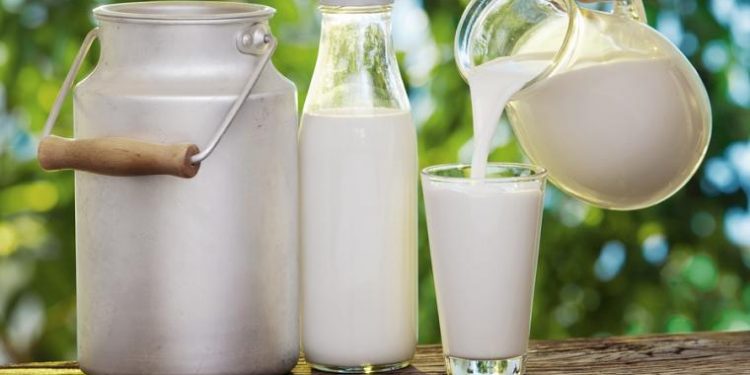Kenya is targeting above 6 billion litres of milk production and an additional 108,500 metric tonnes of red meat by the end of this year.
- Milk production increased 14 percent from 4.6 billion litres in 2022 to 5.2 billion litres in 2023.
- In 2023, the Kenya Animal Genetic Resource Centre provided farmers with 900,000 doses of bull semen with the aim of increasing production and productivity.
- Part of the plans include the controversial National Vaccination Programme to eradicate the Peste des Petits Ruminants (PPR) disease and control the Foot and Mouth Disease.
Treasury plans to make additional investments to support the sub-sector, as part of reinvigorating a vital value chain with a quick turnaround impact on households and the economy. So far, this has included funding the new KCC by Ksh 3 billion to ensure farmers are paid on time, and maintain a high price of Ksh 50 per litre.
“As a result, milk intake to KCC has increased from 100,000 litres to 220,000 litres a day. Other strategic interventions include: the extension of duty-free imports for feed manufacturing raw materials; subsidised artificial insemination services; and the reduction of sexed semen costs from Ksh 7,000 to Ksh 2,900 through the Kenya Animal Genetic Resource Center,” according to the policy statement.
Under the vaccination programme, more than 22 million cattle will be vaccinated against foot and mouth disease, while 50 million goats will be vaccinated through a collaborative nationwide exercise.
In December last year, President William Ruto told off critics of the vaccination programme reiterating the mass campaign will continue despite fears of some herders and farmers that the inoculations will somehow hurt their animals.




